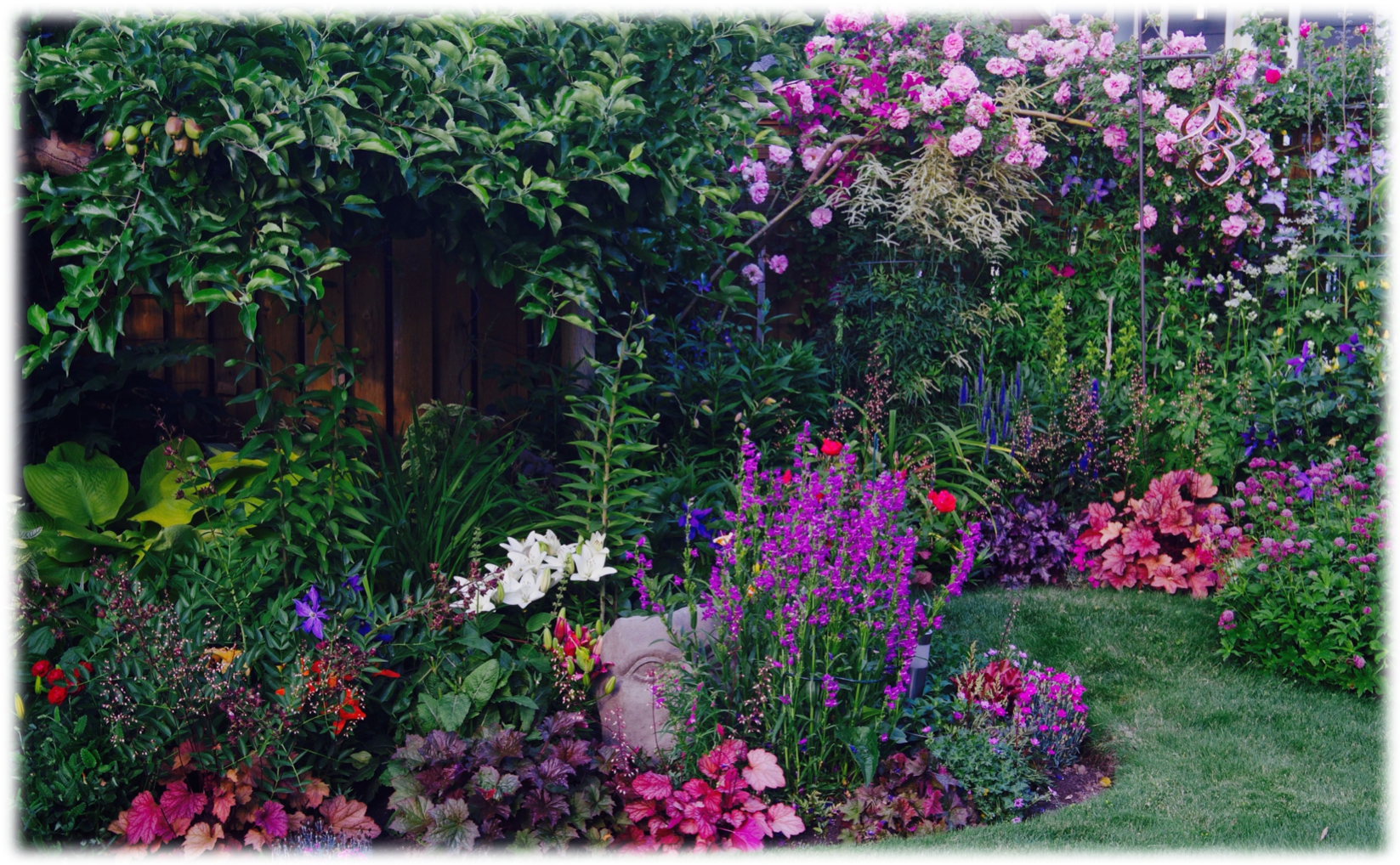
Aspects of Foliage to Consider
Heuchera | Coral bells | Alumroot
Bugbane | Baneberry | Cohosh | Snakeroot
Hardy Perennials with Exceptional or Unusual foliage

Aspects of Foliage to Consider
Heuchera | Coral bells | Alumroot
Bugbane | Baneberry | Cohosh | Snakeroot
Hardy Perennials with Exceptional or Unusual foliage